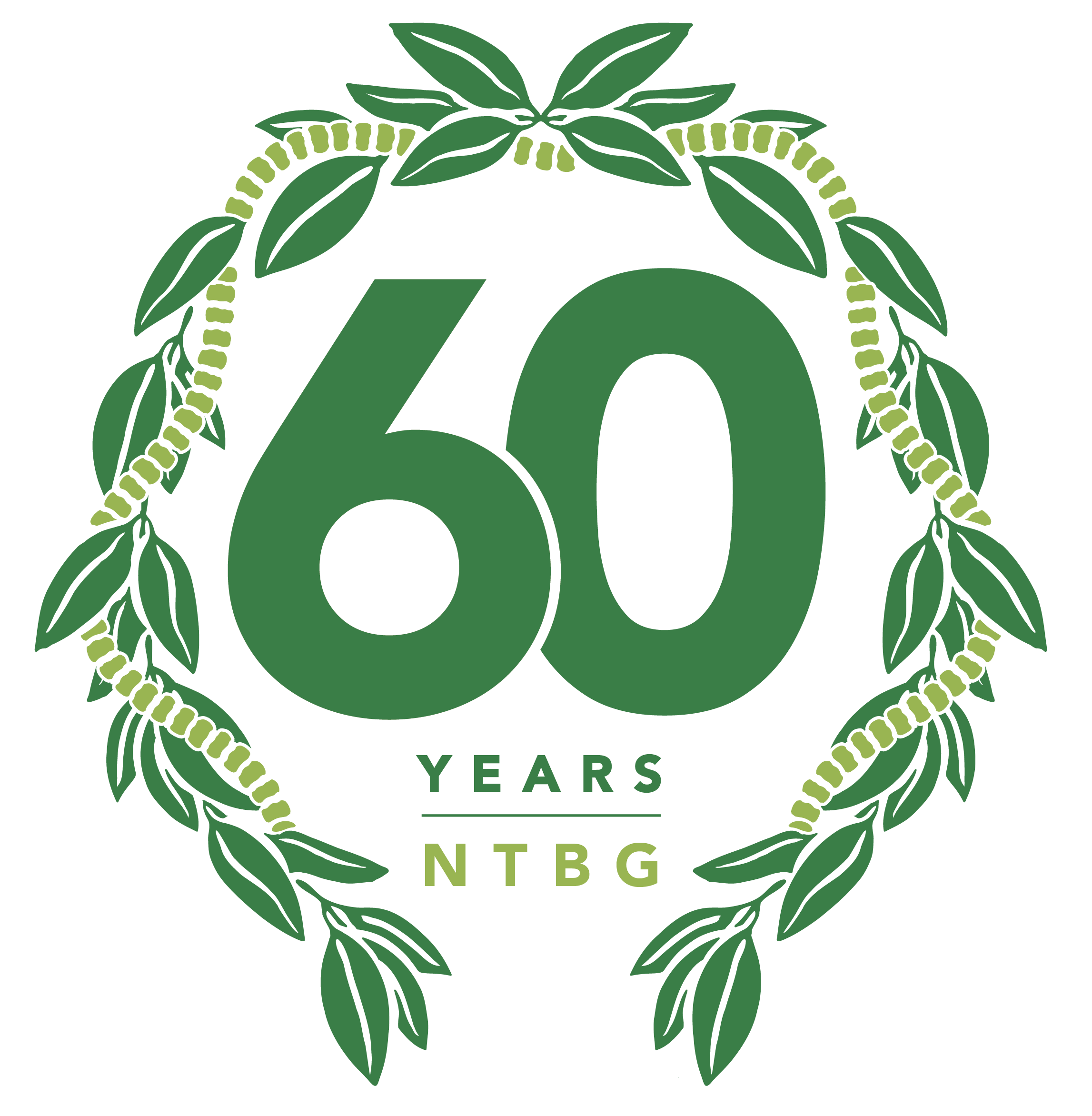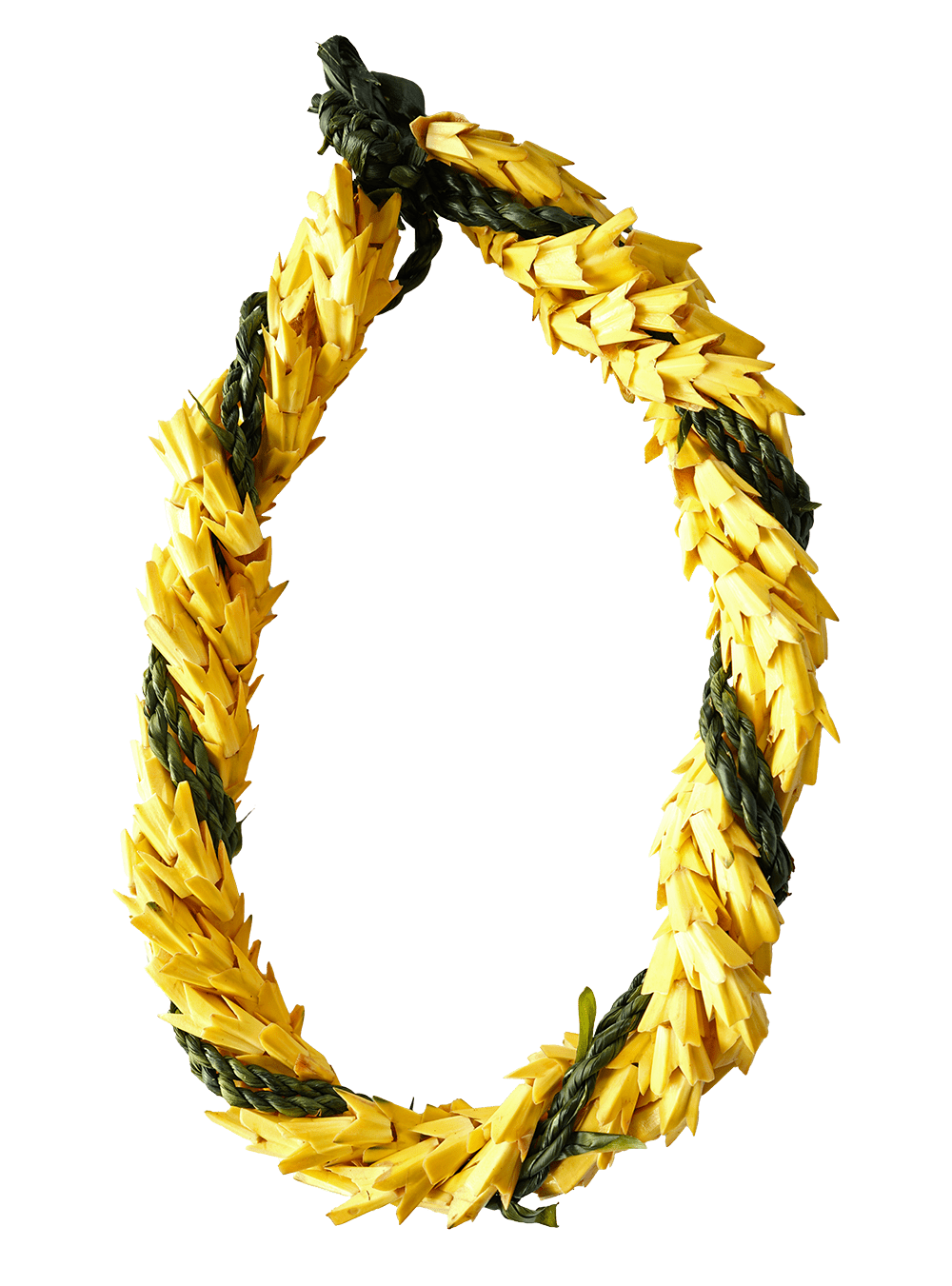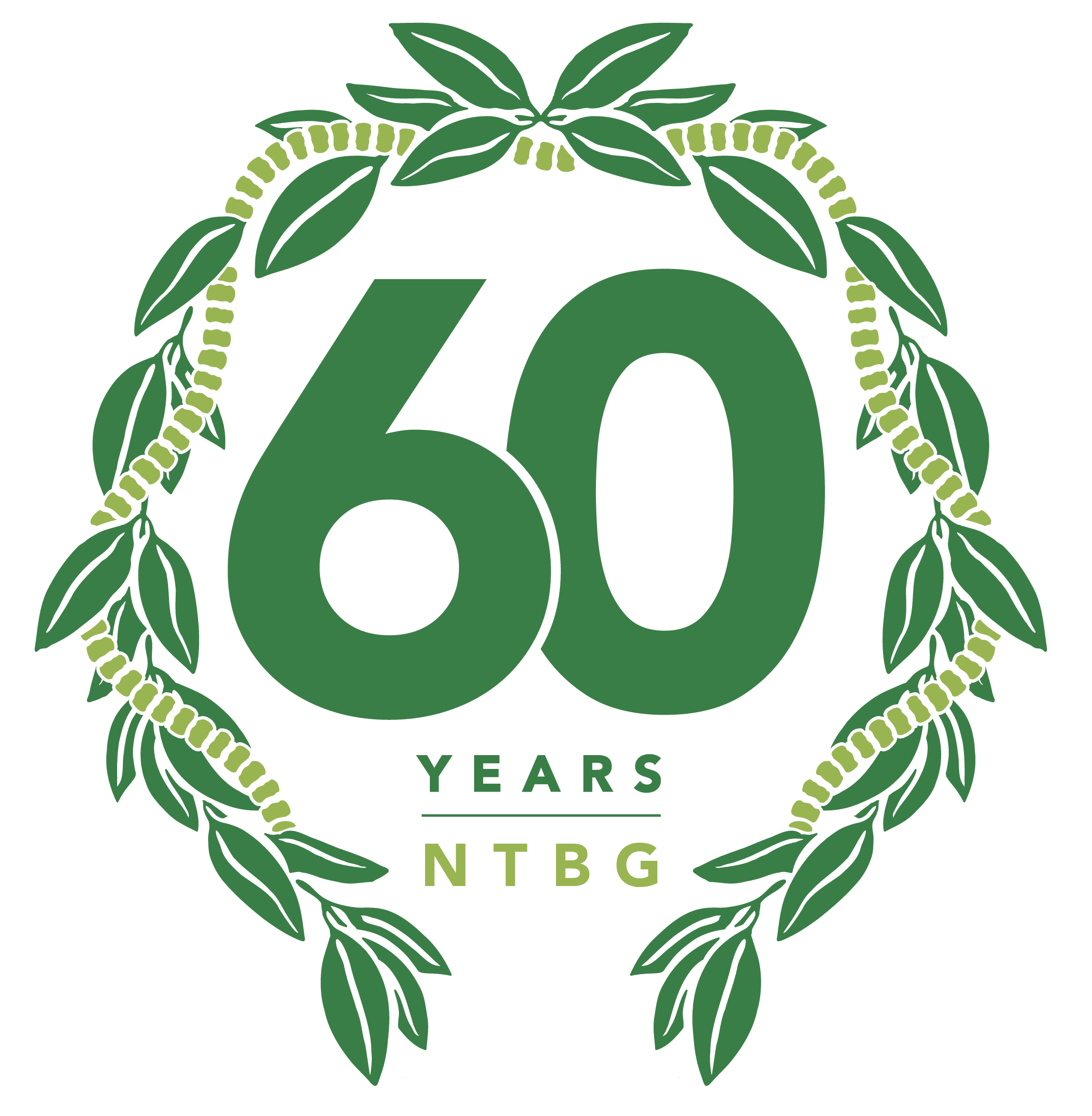
2024 marks the 60th anniversary of the National Tropical Botanical Garden. Every month we will weave a lei for you, one that brings together plants and stories from our five botanic gardens. We will spotlight the NTBG staff and community members who create these beautiful works alongside their lei. March’s lei, created by Mililani Krause, celebrates the bountiful hala forest and transmission of cultural heritage that are both intrinsically part of Kahanu Garden.


Kahanu Garden
This exquisite lei hala honors the ʻike kuʻuna (traditional knowledge) passed down by kūpuna (elders). Mililani Krause expertly carved and strung keys of the hala plant together from Kahanu Garden to make this exquisite lei. As hala means to pass, this lei honors and embodies the perpetuation of cultural heritage.

Just $25 powers a year of impact for plants and people no matter where you live. You’ll also receive The Bulletin magazine and invitations to special member events.
Join us
A lei is a tangible form of aloha. When making a lei, it can be strung (kui), woven (hili), braided (haku), or twisted (wili) into a beautifully arranged wreath or garland. It may be made with certain flowers, leaves, ferns, colored feathers, shells, seeds and such that have significant symbolism. It is in the manaʻo (thought) that the intangible becomes inclusive.
For instance, a lei piko for a house blessing could particularly include lauaʻe; lau aʻe ke ola (bountiful), kukui; mālamalama ka ʻike (enlightenment), lāʻī; malu ka nohona (protection, peace); kupukupu; kupu nā mea maikaʻi (growth). It is with belief that these intentions will live and thrive within the household. Therefore a lot of thought goes into a lei. Who the honored recipient might be, for special occasions such as a birthday, wedding, anniversary, graduation or the passing of a loved one.
“Paʻa nā manaʻo maikaʻi ma ka lei.”
Good thoughts are fixed in a lei
Given the meaning of hala (to pass on, move on to another level), a lei hala would be fitting for a beloved someone who had passed (successful completion). Every key that is fashioned and cut carries mana (power) which then becomes strength and sustenance for the hoʻolewa (transition from the physical to spiritual realm). With this lei hala, I honor my kūpuna (elders) and give tribute to the ʻike kuʻuna (traditional knowledge) that has been passed on. I am truly blessed and privileged that I am able to share and pass on essential practices.
A major part of lei making is the tasks of gathering which can vary in places depending on what type of lei is being made. I personally enjoy this part of the lei process. I love the relationship and connection that has grown between these places and myself. In knowing each plant, where they grow, and what seasons they are plentiful and blooming. Getting accustomed to certain trees and knowing the exact color of fruit it gives. When revisiting these places, I am happy when they too are happily thriving. There are also times when I feel sorry when they are sick and mourn when they die and no longer exist. I am a lei maker and I carry the kuleana (responsibility) to mālama (care) for the plants and respect their habitats so that I may continue to gather and pick when needed. Mahalo nui e Honomāʻele kahi a Piʻilanihale.

Discover all of our lei legacy stories and check out upcoming events in celebration of NTBG’s 60th anniversary.